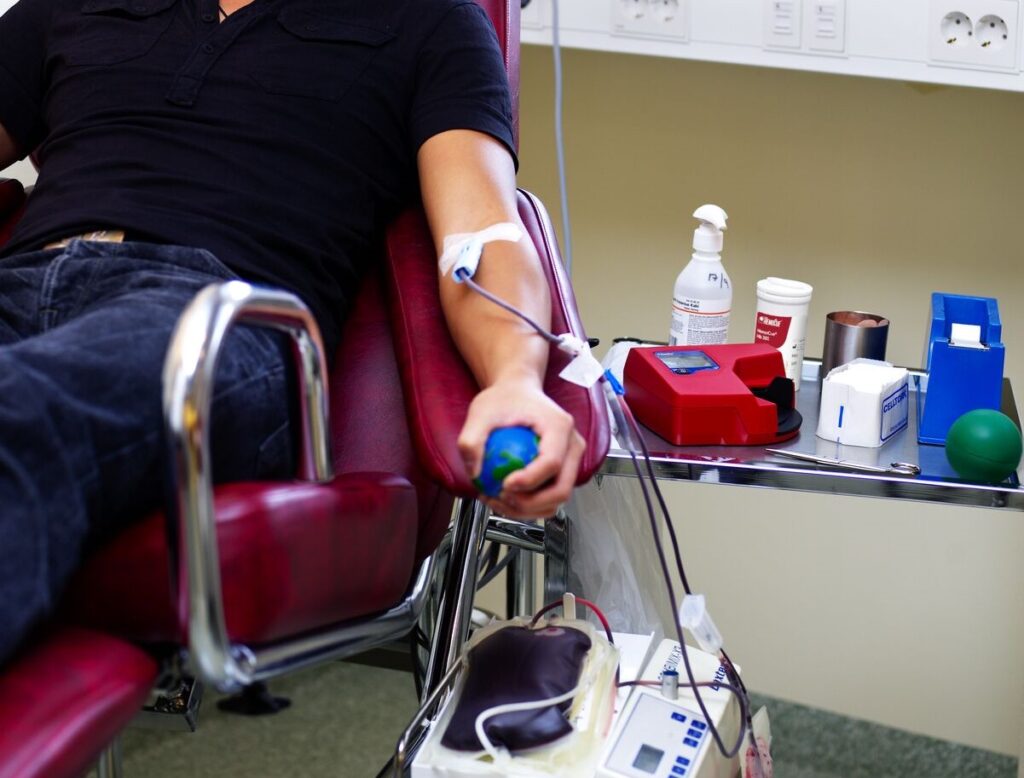For point-of-care glucose testing, leave the at-home strip meters on the shelf. Get lab-quality accuracy with a fingerstick test that makes it easy to provide optimal care for patients with diabetes, and for aiding in the diagnosis of patients at risk for the disease. Choose the professional solution for glucose testing. Choose the CLIA-waived HemoCue® Glucose 201 System.
The HemoCue® Glucose 201 System is an analyzer, not a meter. Unlike glucose strip meters, the HemoCue® Glucose 201 System can be used to support the clinical evidence in the diagnosis and treatment of diabetic patients. Providing the ability to perform Oral Glucose Tolerance Tests (OGTT), commonly used in gestational diabetes screening, the HemoCue® Glucose 201 System is the professional solution for in-office testing.












